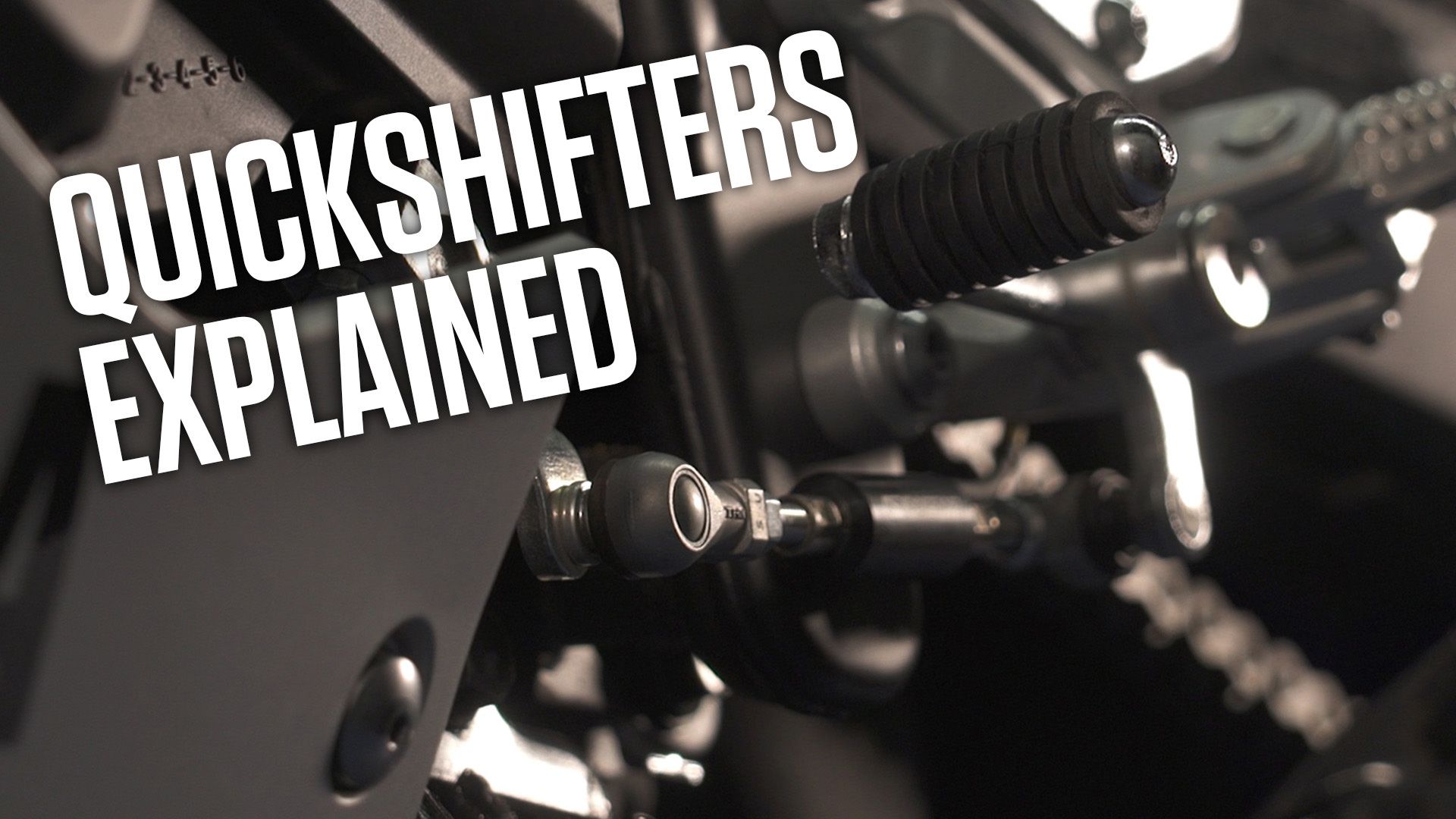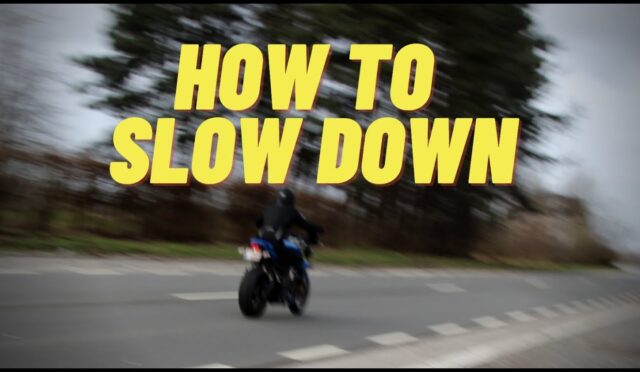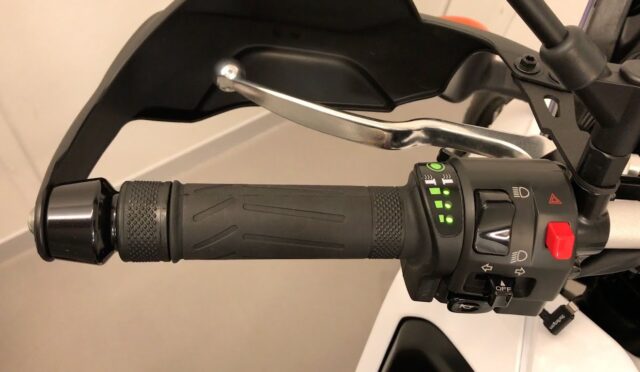Quick shifters are popular among riders. They allow for faster gear changes without using the clutch. While they offer many benefits, there are some disadvantages to consider.
One major issue is cost. Quick shifters can be expensive. Prices vary, but they often range from $300 to $1,500, depending on the brand and model. This can be a significant investment for some riders.
Installation can also be complicated. Some quick shifters require specific gear ratios or settings. This may lead to additional labor costs at a mechanic if you are not skilled in installation yourself.
Quick shifters may not suit all riding styles. They are designed for aggressive riding. For casual or commuter riders, the instant shifts can be jarring and less comfortable.
Another disadvantage is the wear on the transmission. Quick shifts can increase strain on the transmission components. Over time, this can lead to costly repairs. Regular maintenance may be necessary to prolong the life of your bike.
Quick shifters may also interfere with engine performance. Some models may cause engine stalling or hesitation. This can be a safety issue, especially in high-speed situations.
Lastly, not all quick shifters are compatible with every motorcycle. Be sure to check your bike’s specifications. An incompatible quick shifter can lead to performance issues or even damage.
In summary, while quick shifters enhance performance, they come with drawbacks. Consider the costs, installation complexity, and potential for wear on your motorcycle. Weigh these factors before deciding to invest in a quick shifter.
The Impact Of Quick Shifters On Transmission Longevity And Maintenance Costs
Quick shifters have gained popularity among motorcycle enthusiasts. They allow for faster gear changes without using the clutch. However, they come with their own set of disadvantages, especially regarding transmission longevity and maintenance costs.
One primary concern is the wear and tear on the transmission. Quick shifters can increase stress on gears. This happens due to the rapid engagement and disengagement of gears. Over time, this can lead to premature failure of key components. Riders may find themselves facing costly repairs or replacements sooner than expected.
Another issue is the potential for mis-shifts. Quick shifters rely on electronic systems to function properly. If there is a malfunction, it can result in missed shifts. This not only disrupts riding but can also damage the transmission. A mis-shift can lead to catastrophic failures, which are expensive to fix.
The installation of a quick shifter can also add to maintenance costs. Many systems require specialized tuning. This might need professional installation, which can be pricey. Regular software updates may be needed to keep the system operating smoothly, adding to the overall expenses.
Additionally, quick shifters can create a different riding experience. Some riders find that they lose the connection with their motorcycle. This can affect how they handle the bike, especially in tricky situations. It’s essential to consider whether the benefits outweigh these disadvantages.
| Disadvantages | Impact |
|---|---|
| Increased Transmission Wear | Higher chance of premature failure |
| Risk of Mis-Shifts | Potential damage to transmission |
| Higher Installation Costs | Professional tuning may be needed |
| Different Riding Experience | Can affect handling and connection with the bike |
In conclusion, while quick shifters can enhance performance, they also come with disadvantages. Riders should weigh the benefits against the potential impact on transmission longevity and maintenance costs.
Understanding The Limitations Of Quick Shifters In Different Riding Conditions
Quick shifters are popular in the biking world. They allow riders to change gears without using the clutch. This feature can enhance speed and improve performance. However, quick shifters come with certain limitations, especially in different riding conditions.
One of the main disadvantages of a quick shifter is its performance in low-speed situations. In city riding or during slow maneuvers, quick shifters may not work effectively. The system is designed for higher RPMs. At lower speeds, the quick shifter may cause rough transitions, leading to a less smooth ride.
Another limitation is the lack of compatibility with all motorcycles. Some older or lower-end models may not support quick shifters. Riders with these bikes will miss out on the advantages of this technology. Additionally, installation can be complex and may require professional assistance, adding to the overall cost.
Weather conditions also play a role in the performance of quick shifters. In wet or slippery environments, engaging a quick shifter can be tricky. It may lead to unexpected wheel spin or loss of control. Riders need to be cautious when riding in adverse conditions.
Quick shifters can also lead to premature wear on transmission components. Frequent shifts can increase strain on gears. Over time, this may require costly repairs or replacements. Riders should be aware of their shifting habits to avoid damaging their bikes.
Here’s a summary of the limitations of quick shifters:
| Limitations | Description |
|---|---|
| Low-speed performance | May cause rough transitions and less smooth ride in slow conditions. |
| Compatibility issues | Not all motorcycles are equipped for quick shifters; older models may lack support. |
| Weather sensitivity | Can lead to loss of control in wet or slippery conditions. |
| Wear and tear | Frequent use can strain transmission components, leading to potential repairs. |
In conclusion, while quick shifters offer speed and convenience, they do have limitations. Understanding these drawbacks can help riders make informed choices about their bikes and riding habits.
Evaluating The Learning Curve: Are Quick Shifters Worth It For New Riders?
Quick shifters have gained popularity among motorcyclists. They allow for faster gear changes without using the clutch. This feature can enhance the riding experience. However, they come with several disadvantages, especially for new riders.
Here are some key disadvantages of quick shifters:
- Learning Curve: New riders may struggle with the technique. Shifting without a clutch can be confusing. It requires practice to master.
- Cost: Quick shifters can be expensive. Prices range from $200 to over $1,000. This adds a significant cost to a new rider’s setup.
- Compatibility: Not all motorcycles come equipped with quick shifters. Some models may require additional modifications. This can lead to more expenses and complexity.
- Reduced Control: For beginners, quick shifters may reduce control during shifts. This can lead to problems in challenging riding situations.
- Mechanical Issues: Like any technology, quick shifters can fail. A malfunction can leave a rider stranded or cause accidents.
Below is a comparison of key points regarding quick shifters and their impact on new riders:
| Aspect | Quick Shifter | No Quick Shifter |
|---|---|---|
| Ease of Use | Requires Practice | More Intuitive |
| Cost | $200 – $1,000+ | Typically Included |
| Control | Can Be Complicated | Greater Rider Control |
| Reliability | Potential for Mechanical Issues | Standard Gear Shifting |
In conclusion, while quick shifters provide benefits, they have notable drawbacks for new riders. Understanding these issues can help riders make informed choices about their motorcycle gear. Weighing the advantages and disadvantages before purchasing is essential for a positive riding experience.
Quick shifters can lead to less control during gear changes, especially for inexperienced riders who may struggle to adapt to the technology.
While quick shifters are designed to minimize wear, aggressive use or improper tuning can potentially lead to increased strain on transmission components over time.
Some riders may find that quick shifters create a harsher riding experience, as the sudden shifts can be jarring compared to traditional shifting methods.
Quick shifters may not perform optimally in all conditions, particularly in slow-speed maneuvers or during heavy traffic, where smooth gear changes are crucial.
In some cases, adding a quick shifter can void certain aspects of your warranty, especially if it leads to damage; it’s essential to check with your manufacturer.
While quick shifters can provide faster shifts and potentially improve acceleration, they do not necessarily contribute to better fuel efficiency in all riding scenarios.
Riders may become reliant on the ease of a quick shifter, potentially reducing their overall skill in manual shifting and control of the motorcycle.
Not all motorcycles are compatible with quick shifters, and proper installation may require specific tuning or modifications to the bike’s electronics.
While quick shifters themselves typically require minimal maintenance, the additional complexities they introduce may necessitate more frequent checks of related components.
While quick shifters excel in sport and track riding, they may not be as beneficial in casual or off-road riding, where precise control is often more desirable.








